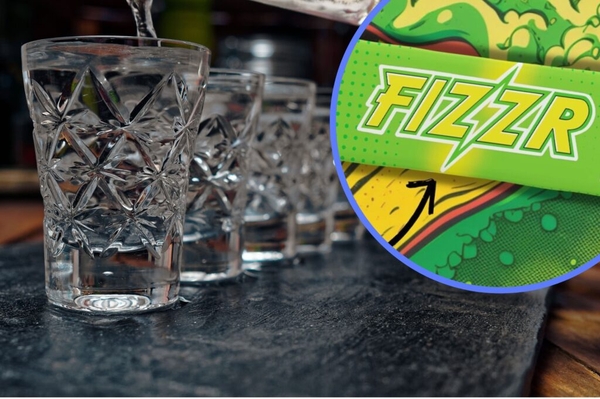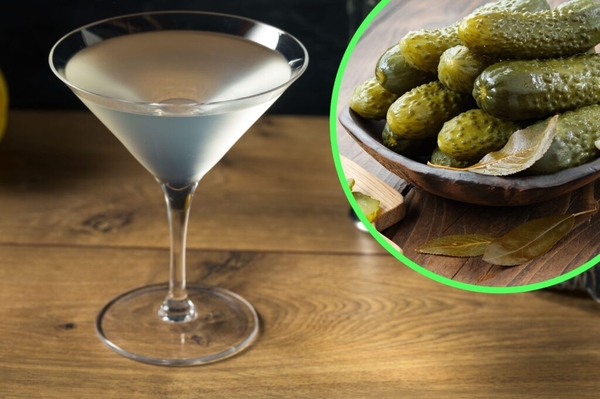Uncategorised
This is the real reason that you could be eating fake Chinese food
05 Jul 2018
3m

In our heart of hearts, we probably know that a buffet piled high with the deep fried remains of every animal under the sun isn’t the authentic Chinese eating experience. The very limited Western understanding of what is actually included on a traditional menu has created a situation where much of our Chinese food has become a homogenised appeal to all palates. While obviously tasty, many dishes would be a far cry from what Chinese nationals would consider “the real deal”.
 Credit: Pixabay
Credit: Pixabay
It’s been well documented that there are a load of dishes that feature prominently on American and European menus that have no connection to Chinese culture. General Tso’s chicken, egg rolls and fortune cookies are just a few of the classic offenders. But, it turns out there are more insidious ways that modern menus have been transformed to appeal to a mass audience.
Whenever we walk into any Chinese restaurant, there are a few things that most of us expect to see on the menu. An absence of Peking duck or beef in black bean sauce is likely to be met with wrinkled noses and furrowed brows from worried white punters. But, though these dishes crop up time and time again, they actually represent a very small fraction of the tapestry of Chinese cooking.
In a country as vast as China, it’s hardly surprising that there are distinctive and unique cooking techniques. These can be as different as Greek and British or Turkish and French, and are identified as the Eight Culinary Traditions of Chinese cuisine. Despite the unique attributes of each style, there is only one that has cemented itself as a staple in the Western world.
Chinese food’s initial popularity across the West was first fuelled by emigration from one particular region. Guangdong Province, today the most populous region in all of China, is the centre of Cantonese cooking. This style, synonymous with rich, sticky and boldly flavoured sauces, captured the imagination of Western diners and cemented itself as the standard in Chinese cuisine. The popularity of dishes such as sweet and sour chicken, duck in plum sauce and char siu pork have helped to ensure that it is Cantonese food, rather than any of the other seven Culinary Traditions, that define Chinese cooking for Westerners.
Today, the vast majority of Chinese restaurants outside of China serve Cantonese cooking. However, such is the popularity and ubiquity of this style that many of them are in fact themselves artificial. Though early immigration from China was largely Cantonese, modern movement has included expats from across the Chinese mainland. This includes families from nearby Fujian, who have since gone on to dominate the restaurant business. Though these families continue to set up restaurants across the world, most ignore the traditions of their own region and revert to cooking Cantonese food. The result is an array of “fake” Cantonese restaurants.
At first glance, you might be hard pressed to spot the difference between traditional and imitation Cantonese restaurants. For Chinese diners familiar with the hallmarks of the cuisine, it can be something as subtle as staff speaking in Mandarin, or the presence of an erroneous item from Shandong, Sichuan or Fujian on the menu. But, to the untrained eye, it can be difficult to know whether you’re getting real Cantonese cooking.
At the end of the day, the result of this Cantonese crossover is often so delicious that it doesn’t really matter where the food comes from. Even Chinese nationals can struggle to tell the difference, and rarely care if they can. Nonetheless, it is interesting to note that our inability to be more open in our diet has in many cases forced Chinese cooks to change their style rather than celebrate the diversity of their cooking. In the end, the dominance of real and fake Cantonese cuisine could be a bigger loss than we think.


